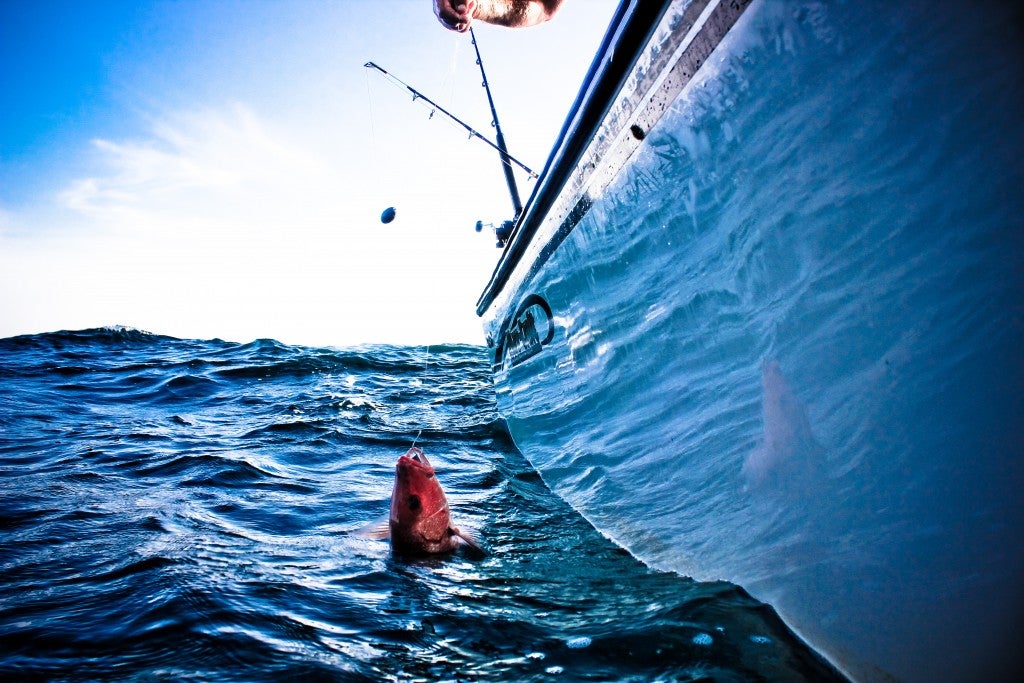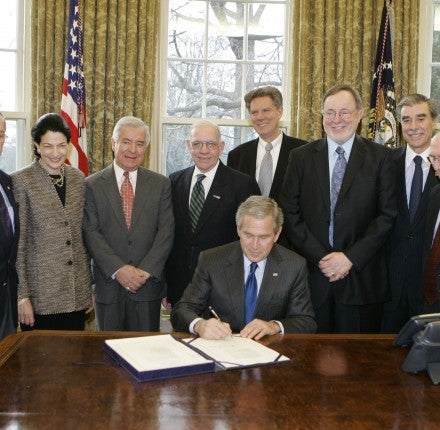
Credit: Gulf Wild
The Gulf of Mexico red snapper fishery has undergone a tremendous recovery over the last eight years. Thanks to reformed commercial management the stock is rebounding strongly, and as a result this year’s quota is the highest on record. Unfortunately, recreational fishermen have not fully benefited, since their failed management system creates a cycle of shorter and shorter seasons. There are many competing attempts to address this very real problem, including several in Congress.
This week a U.S. House subcommittee will hold a hearing on H.R. 3094, a bill that proposes to transfer management for Gulf of Mexico red snapper to a new authority made up of the directors of the Gulf state fish and wildlife agencies. Some advocates of this approach, which we oppose, have suggested that the states successfully manage striped bass in the mid-Atlantic and Dungeness crab in the Pacific, and therefore transferring management of red snapper to the Gulf States is a good idea.
But these arguments gloss over important differences between red snapper and these other species, making the comparison about as real as most good fish stories. Read More










